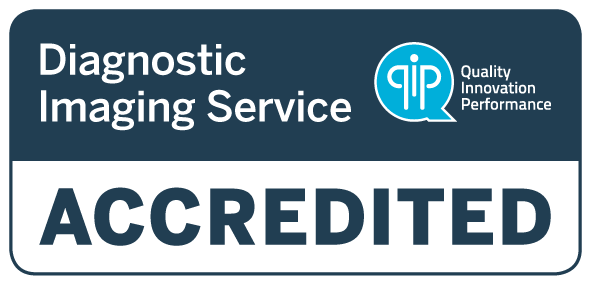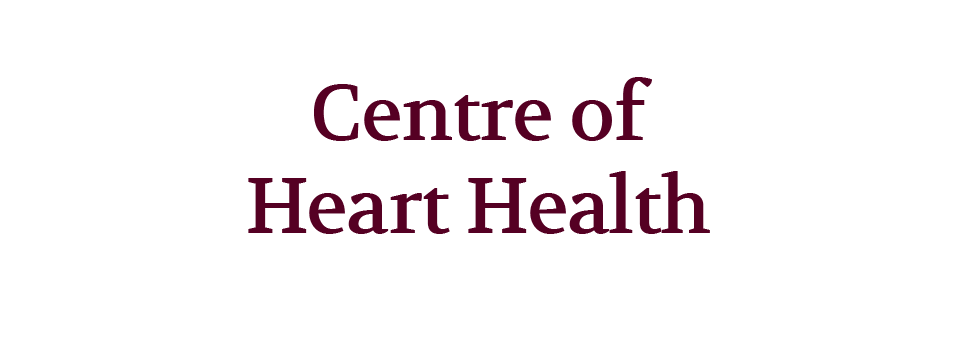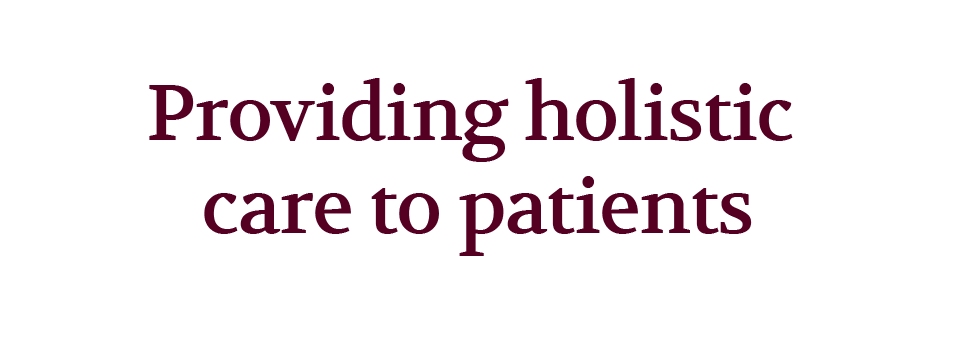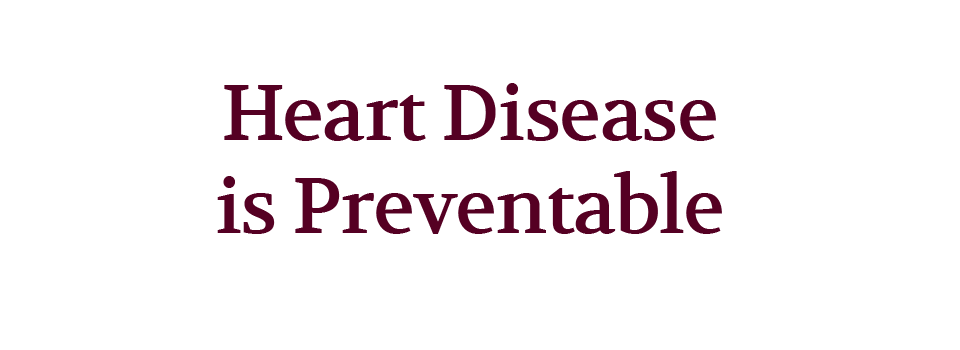A Transthoracic Echocardiogram (Echo) uses sound waves to create an image of your heart as it beats. During an echo, the doctor uses a thick wand called a transducer to send sound waves to the heart which creates an image to show the size of the heart chambers, how well the heart pumps and how well the heart valves work.
A Doctor might order an Echo test to:
- Look for problems in the heart or in the blood vessels around the heart
- Follow a known heart condition
- Help diagnose a symptom such as shortness of breath, leg swelling or an irregular heart beat
- Check your heart after surgery or a heart attack
- Check how well your heart medicines are working
What to expect during an Echo?
Before the Echo starts, the Doctor will place some stickers on your chest to monitor your heart.
You will lie on your back or left side while a small amount of gel is placed on your chest. The Doctor will press the transducer against your chest and move it around to be able to see different angles of your heart. You may be asked to change position or hold your breath during the test.
Preparing for a Transthoracic Echocardiogram




